May 2016
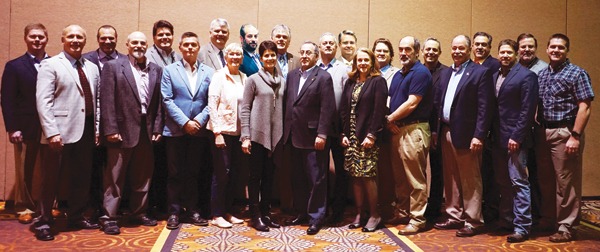
On Jan. 1, 2016, the Marble Institute of America (MIA) and the Building Stone Institute (BSI) began a two-year joint venture to consolidate operations. Together, MIA and BSI (known as MIA+BSI, the Natural Stone Institute) serve more than 1,900 members in 55 countries who represent every aspect of the natural stone industry, offering them a wide array of technical and training resources, professional development, regulatory advocacy, and networking events.
MIA traces its roots back to the National Association of Marble Dealers, founded in 1907, which joined with the National Association of Marble Producers in 1944 to form the Marble Institute of America (MIA). The National Association of Marble Builders merged with MIA in 1962. The mission of the MIA is to serve and support the dimensional natural stone industry by providing services, products, and authoritative information important to, and valued by, industry members.
Since 1919, the Building Stone Institute has worked on behalf of the quarries, fabricators, retailers, importers, exporters, carvers, sculptors, restorers, designers, and installers that comprise its diverse membership. BSI is a not-for-profit trade association dedicated to providing educational materials and continuing education on the uses and benefits of natural stone.
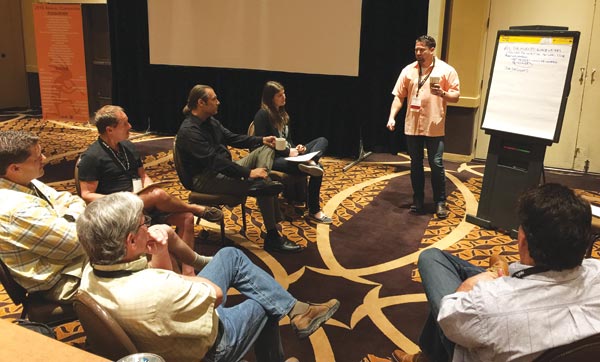
In 2016, in addition to the myriad of ongoing programs under way for each organization, the joint-venture MIA+BSI will focus on five key initiatives:
- Introduction of Dimension Stone Design Manual, Version 8, which includes additions pertaining to restoration and maintenance. Technical committees will be formed to expand references to thin stone and flagstone paving in the manual.
- Addition of safety programs for quarriers (joining the extensive array of current offerings available for fabricators, installers, and stone distributors).
- Launch of a Natural Stone Promotional Campaign.
- Development of industry advocacy groups.
- An expanded legislative outreach program.
Masonry Magazine recently spoke with Jim Hieb, CEO of MIA+BSI, as well as Jane Bennett, executive vice president. The conversation follows:
Q: When did the idea of the joint venture between MIA and BSI first come up? Who was instrumental in the process?
A: The idea of the MIA and BSI groups merging has been a recurring conversation over the past several decades. One of the most recent efforts was in 1998, when discussions resulted in a merger proposal document that ultimately fell apart before execution. The premise was similar to the plan laid out for this 2016–2017 joint venture. More flexible personalities in administrative and governance positions have allowed this latest attempt to come to fruition.
Q: What synergies were noted between the two companies?
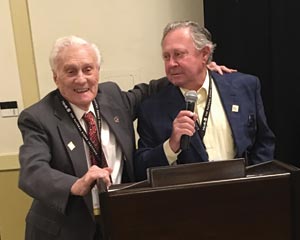
A: Both organizations independently operate under a similar mission: to promote the use of natural stone. The BSI has traditionally attracted a domestic member base of building stone producers, fabricators and distributors. In turn, the programs catered to that focus. In contrast, the MIA has traditionally attracted a global audience of interiors or highly fabricated dimensional stone producers as its membership. Because much of the natural stone consumed in the U.S. market is imported stone, this international audience has been growing. The BSI has been known for its intimacy in networking as well as providing solid educational value to members who engaged in its annual networking events. The MIA has created strong technical documents and accreditation programs for installers. In recent years, the membership circles have begun to overlap, and the voices got louder in recommending that the two groups come together. With the right personalities in place, this has resulted in success.
Q: How were the goals of the JV developed?
A: A Task Force of the most influential leaders from both organizations worked for the better part of a year to research the validity of this idea, being sure to consider the missions, strategic goals and membership needs of both entities. There is much history in both organizations, much tradition, much pride. All of this was weighed against the current position of our industry — our material — in the context of competitive products and specifying trends. Ultimately, the positive benefits of coming together outweighed any of the negative emotions and traditions that prevented this union before now. Members were asked to vote on joining forces for a two-year trial period, and it passed with very little opposition.
Q: Why a two-year JV and not a merger? Does this present benefits/complications?
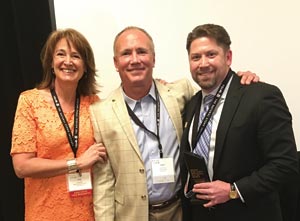
A: Both the MIA and BSI have individual charters and articles of incorporation that will require some legal effort to amend. Prior to discussions of a possible joint venture, the MIA and BSI had been amicably collaborating at the request of the joint memberships, to alleviate duplication of efforts and to ease burdens associated with supporting both groups. After seeing that successful “dating habits” could become the norm, it was assumed that further blurring of territorial lines could occur, and the joint venture commenced Jan. 1. Every practical effort to move forward as one is being put into play, with the anticipation that this JV will prove successful and that members will again vote to unite.
Q: How was management of the JV determined? How is the joint organization managed?
A: The Task Force proposed governance for the two-year period, including a Transitional Board consisting of what ended up being all of the MIA Executive Team and Board of Directors, plus the BSI Executive Team and four more Directors. This Transitional Board will make decisions for the JV, while the two organizations’ independent boards will remain intact through the two-year period. All assets of each organization remain separate through the trial period, although joint record keeping is in place to provide evidence for fiscal successes.
Q: Are there any differences in the two organizations that have been an obstacle to the JV or even that present a benefit?
A: Culture always presents challenges in a union such as this. The differences in membership numbers and the manner in which the groups operate are still a concern to some. From a staff level, we are learning from each other — in leadership, communication and operations aspects. The system and the process have been amicable.
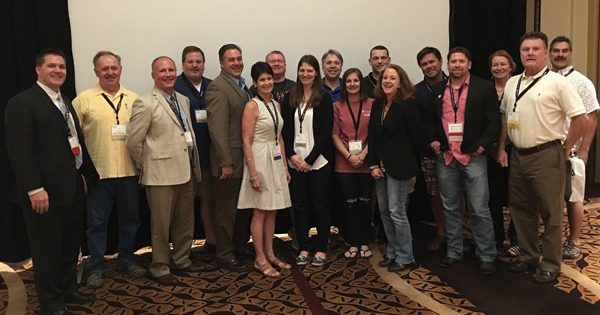
Q: How is work on each of the five key initiatives progressing?
A: Very well. We have initiated action on each and have made great progress in raising awareness and support, while putting actionable efforts into play.
Q: What else should our readers, particularly mason contractors, know about the MIA+BSI?
A: There is a place for the mason contractor in our organization’s efforts. Our industries are very much aligned, but more reciprocal awareness and involvement would benefit both. Several years ago, the BSI collaborated with the Mason Contractors Association of America in an attempt to increase reciprocal membership. Unfortunately, lack of manpower and funding inhibited recruitment efforts that resulted in just a single reciprocal member enrollment. Within the JV, we can and will do a better job in connecting with the installer communities, especially with regard to safety training and accreditation.
For more information about the MIA+BSI, The Natural Stone Institute, visit www.naturalstoneinstitute.org.